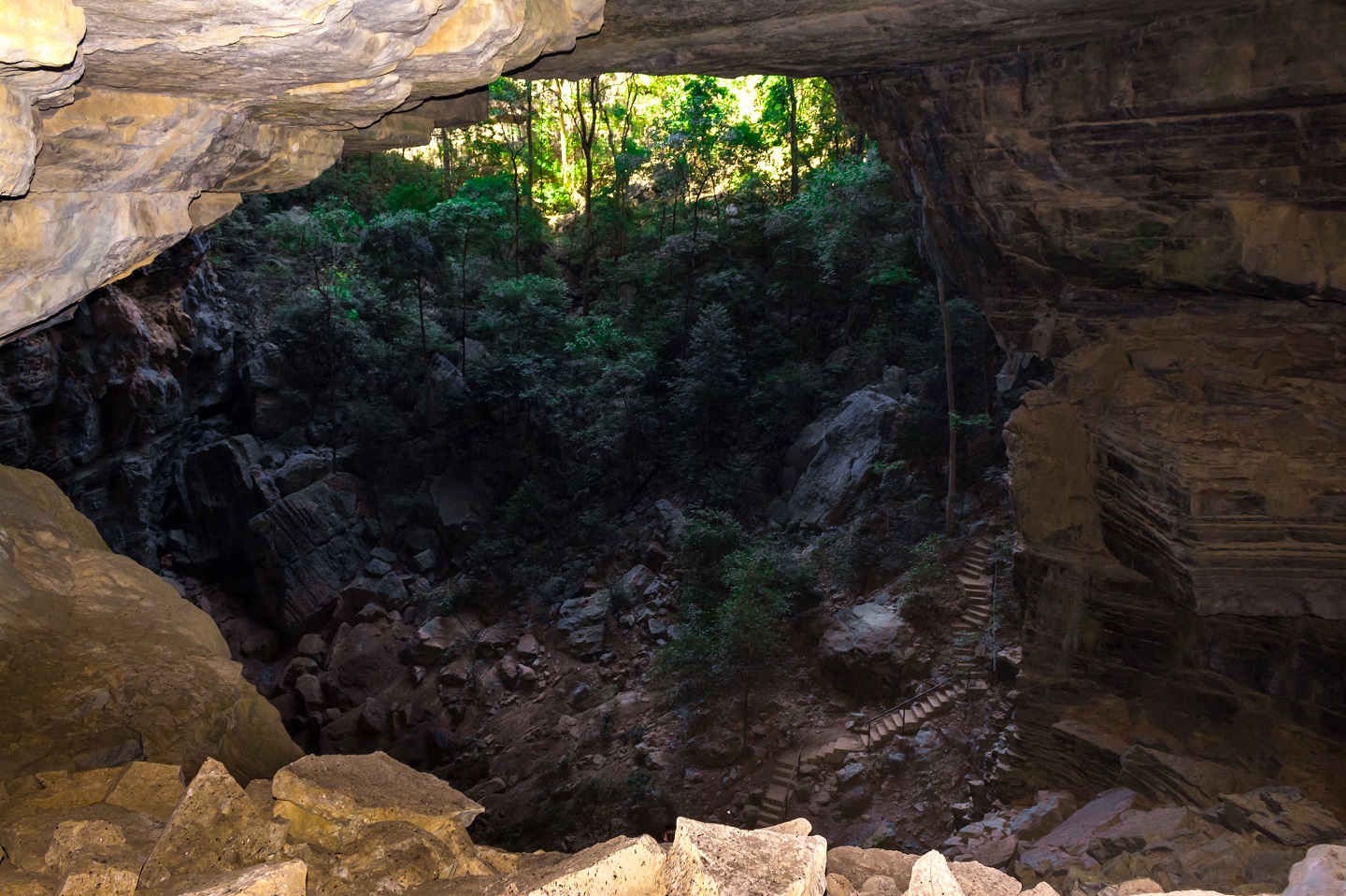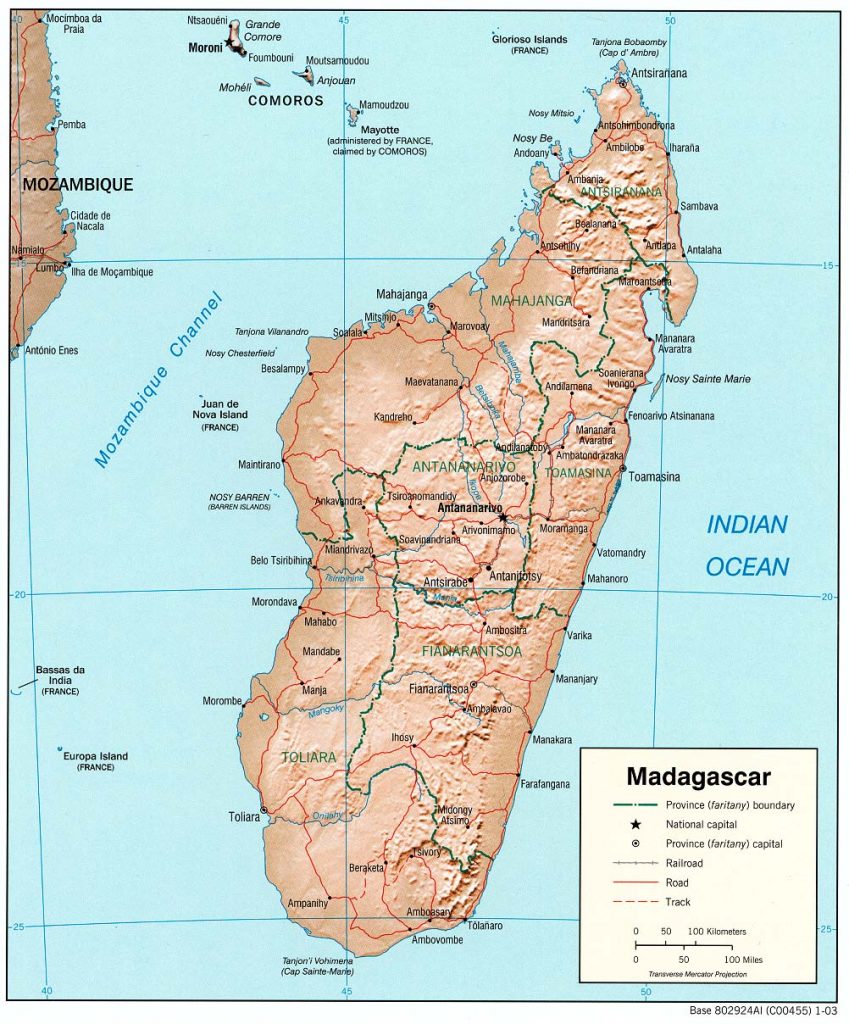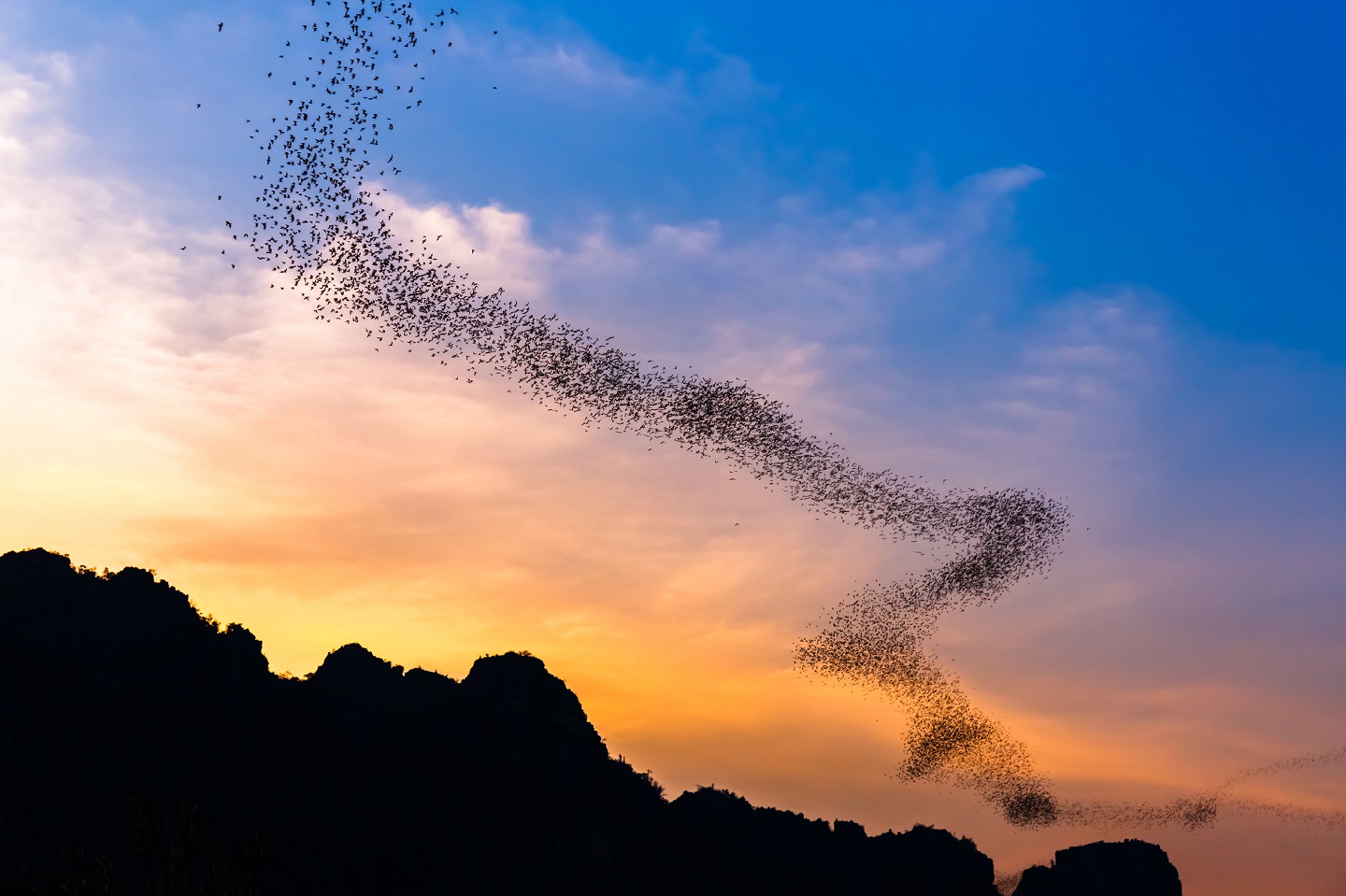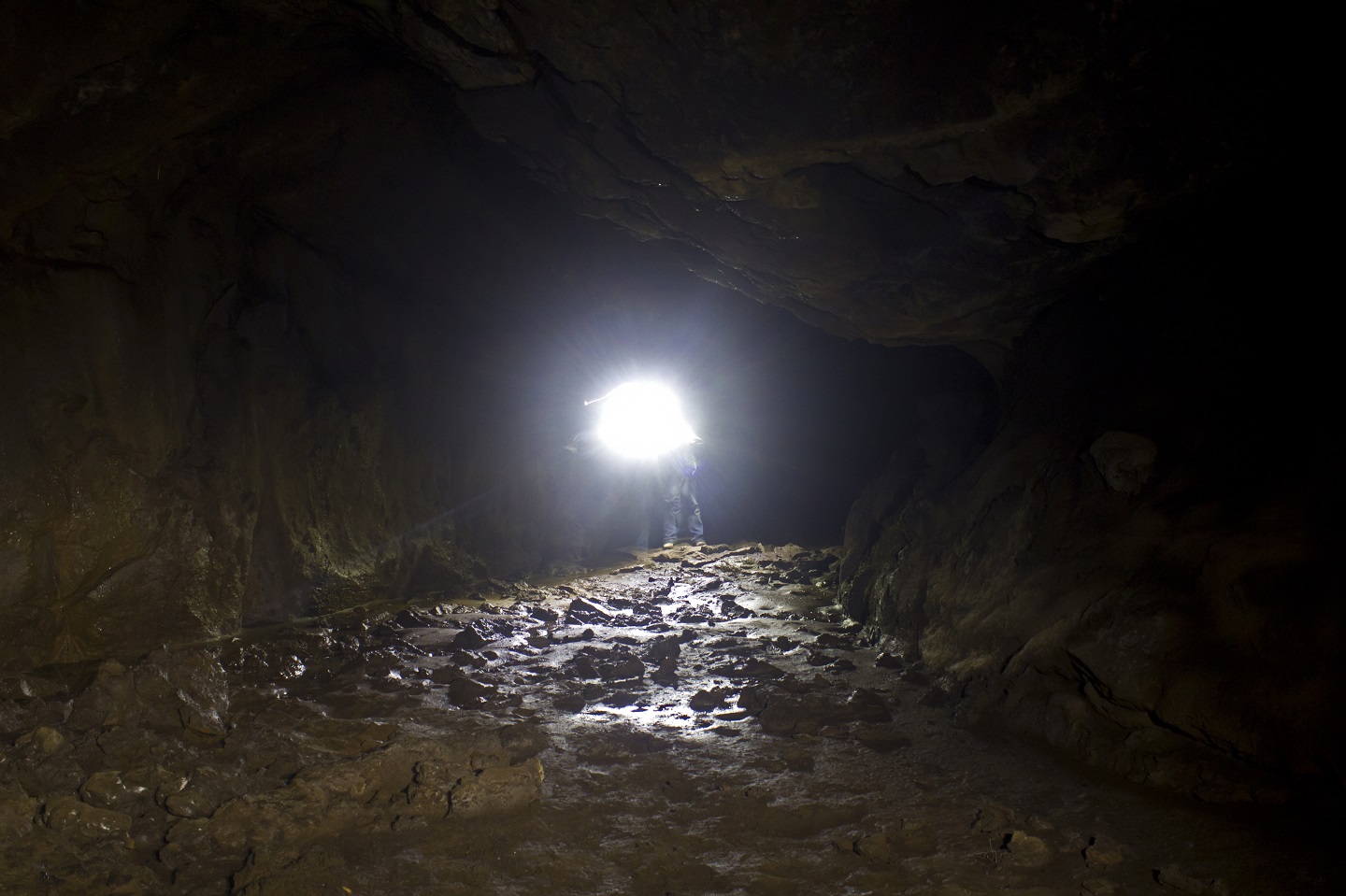
Guano, from the Qecha Peruvian word “wanu”, has a long history as a high-performance organic fertiliser
When you see the effect it has on your plants you will know why wars have been fought and fortunes made and lost because of guano
Bat guano is a particularly powerful fertiliser as it is generally deposited in caves and is not leached by rain.
It consists of the remains of insects and other bat food sources and the remains of the bats themselves. It decomposes rapidly and builds up in a slightly acidic layer on the cave floor.
Our Guano
Guano lost popularity as a fertilizer with the advent of cheap chemical fertilizers in the last century but it is regaining status as the environmental damage caused by chemicals becomes increasingly evident.
Our guano is completely environmentally friendly, significantly improves any soil to which it is added and increases the flavour and quality of produce as well as increasing disease resistance. High-phosphate guano is particularly prized as a flowering fertilizer, greatly improving flower and fruit set and final yield.
Our guano is specially selected and is among the richest in the world. It is very high in calcium and phosphorous and has significant amounts of nitrogen and potassium as well as a broad range of other essential nutrients.

Madagascar and its bats

Along with lemurs, Madagascar’s bats are one of its major mammal species and they are found throughout the varied topography of the island. New species continue to be discovered and at last count there were an astonishing 46 different species of bat on the island, although it is suspected that the true number is significantly higher.


Most bats have their origins in mainland Africa but 3 species have colonised Madagascar from Asia. Although similar to their mainland cousins, 36 of the 46 species are endemic. The Madagascan Flying Fox is among the largest bats in the world. Simply put, there are a LOT of bats in Madagascar.
Environmental Sustainability And Community Development

Our partners have access to a large number of guano deposits across Madagascar
The communities are paid royalties
Both in money and in a portion of the guano harvested enabling them to greatly improve their own farming practices
One such community has recently been organically certified to export its produce to the European Union. In 2017 our Madagascan partners held a competition among a local community. The rules were very simple, every farmer was given 500kg of guano to use as they saw best. The winner harvested a record 10 tons of rice from 1 hectare of paddies. The average is 2 tons. (Rice is the staple diet of Madagascar.)
As this process continues and communities start to realise the financial advantage of the guano and the local bat populations, they actively protect their bats.


